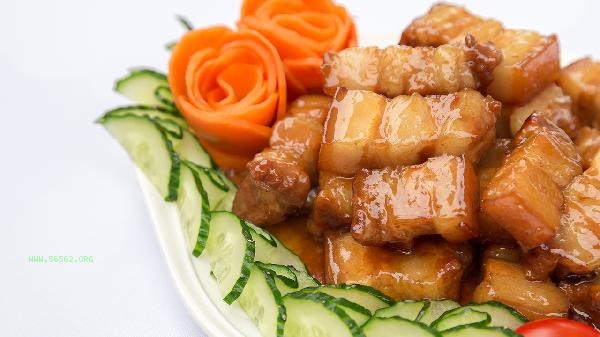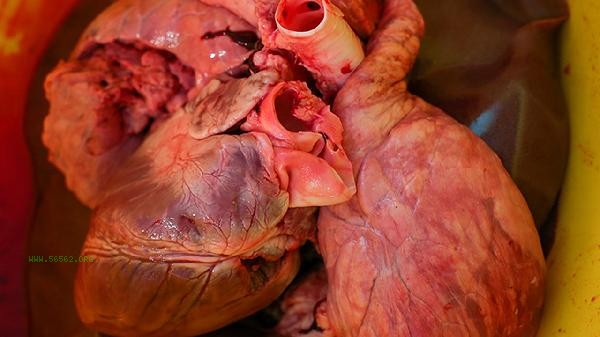Pork can be cleaned thoroughly with flour, baking soda, rice water, diluted salt water, or white vinegar. These methods can effectively remove blood, oil, and surface impurities while reducing fishy odor.

1. Flour
Flour has strong adsorption properties and can effectively adhere to blood and impurities on the surface of pork. Cut the pork into chunks, sprinkle an appropriate amount of dry flour, gently rub with your hands for a few minutes, and then rinse with clean water. This method is particularly suitable for processing oily parts, such as pork belly, which can reduce greasiness without damaging the meat quality.
II. Baking Soda
The weak alkalinity of baking soda can decompose protein residues and oils on the surface of pork. Mix a small amount of baking soda with water to make a paste, evenly spread it on the pork and let it sit for 5 minutes, then rinse with running water. It should be noted that the amount of baking soda should not be too much to avoid the meat becoming astringent. After cleaning, it is recommended to soak in water for 10 minutes to remove the alkaline taste.
3. Rice washing water
Starch particles in rice washing water can adsorb impurities, and their weak acidity can neutralize fishy odors. Soak the pork in the second layer of rice washing water for 15 minutes, gently scrub and rinse thoroughly. This method is suitable for treating bony parts such as pork ribs, which can soften the meat and be environmentally friendly and economical, but it is necessary to ensure that the rice washing water is fresh and not spoiled.

4. Dilute salt water
Dilute salt water can penetrate the crevices of meat with bleeding water, while inhibiting bacteria. Mix 500 milliliters of water with 5 grams of salt, soak the pork for 20 minutes, and then rub it. This method has a significant cleaning effect on thawed frozen meat, but hypertensive patients need to extend the rinsing time with water before consumption to reduce sodium content.
5. White Vinegar
The acetic acid in white vinegar can dissolve oil and kill bacteria, and has a significant effect on removing odors. Soak the pork in 1:10 white vinegar water for 10 minutes, rub and rinse thoroughly. When dealing with visceral pork, it is recommended to use flour to better remove the fishy smell, but those with excessive stomach acid should reduce the consumption of pork cleaned by this method.

It is recommended to cook the cleaned pork as soon as possible to avoid repeated rinsing and nutrient loss. Different parts can be treated with targeted methods, such as scrubbing pork tenderloin with flour and exfoliating pig trotters with baking soda. When handling, pay attention to separating raw and cooked products, and clean the container with boiling water for disinfection. If pork becomes sticky or has an increased odor, it may have spoiled and should be stopped from consumption. For daily storage, it is recommended to pack and freeze separately. When thawing, place it in the refrigerator to slowly thaw, which can better maintain the meat quality.








Comments (0)
Leave a Comment
No comments yet
Be the first to share your thoughts!